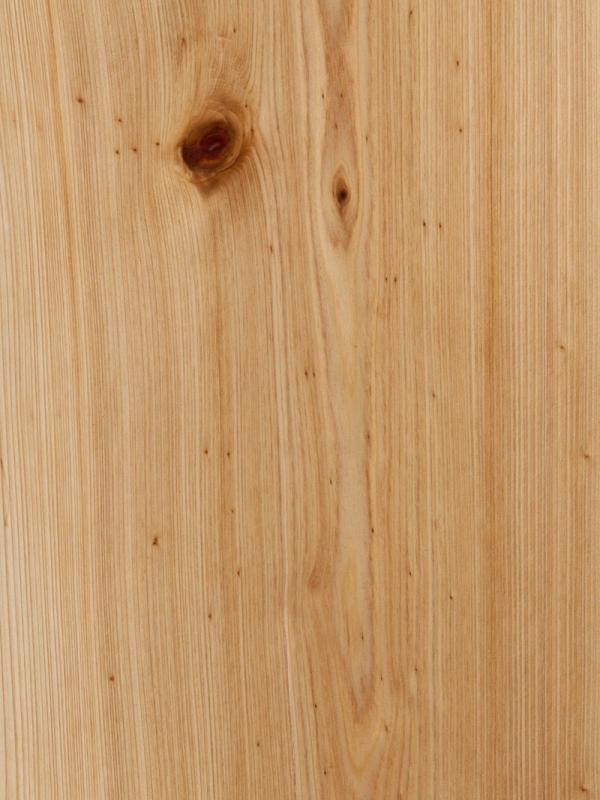
Family: Taxodiaceae.
Latin Name: Taxodium Distichum.
Origin: Southeastern United States.
Common Names: Cypress, Bald Cypress, Southern Cypress.
The Tree (characteristics): The Cypress tree is a large tree growing to heights of 130 feet tall with a trunk that is 3 to 5 feet in diameter. The leaves are needle-like growing opposite in 2 rows along twigs. The leaves will turn reddish-brown in the Fall. The bark is a cinnamon brown to gray color with long narrow grooves and flat, long ridges that peel off in fibrous narrow strips.
Appearance of Wood: Cypress sapwood is very light in color and not much is found in a single tree. The heartwood varies from a pale, yellow-brown to a dark reddish-brown, at times appearing almost black.
Density: Cypress is a very durable, stable, water and rot-resistant wood. Average reported specific gravity ranges from .42 to .51 with an air-dried weight of 32 pounds per cubic foot. Janka Hardness is 510 pounds of force.
Drying and Shrinkage: Cypress tends to season well with minimal shrinkage, although larger dimensions of lumber can be more difficult to dry. Average reported shrinkage values are 3.8% radial, 6.2% tangential, 10.5% volumetric.
Working Properties: Cypress can be easily worked with either hand or machine tools. It can be sanded and planed with ease and remains stable in service. Cypress finishes, glues, and fastens well.
Durability: Cypress is considered a rot-resistant wood. The older trees are rated as very durable while the younger trees are considered moderately durable.
Uses: Cypress is a good choice for exterior construction due to its natural durability. The wood can also be used for interior trim and veneer. It can also be used as a turnery wood although it is most requested in lumber form.
Availability: Generally, Cypress is available through eastern sawmills and lumberyards although not as common in the western United States.